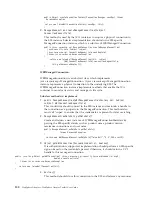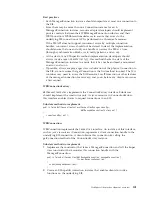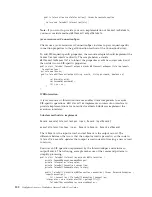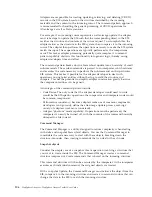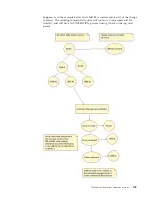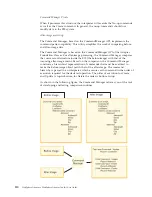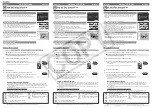
if (functionName.equals(NodeLevelOperations.CREATE_NODE)) {
command = new TwineBallCreateCommand();
} else if (functionName.equals(NodeLevelOperations.DELETE_NODE)) {
command = new TwineBallDeleteCommand();
} else if (functionName.equals(NodeLevelOperations.UPDATE_NODE)) {
command = new TwineBallUpdateCommand();
} else if (functionName.equals(NodeLevelOperations.RETRIEVE_STRUCTURE)) {
command = new TwineBallRetrieveCommand();
} else if (functionName.equals(NodeLevelOperations.RETRIEVE_ALL)) {
command = new TwineBallRetrieveAllCommand();
} else {
command = new TwineBallBaseCommand();
}
command.setObjectSerializer(objectSerializer);
command.setObjectNaming(objectNaming);
command.setMaxRecords(maxRecords);
command.setMetadata(metadata);
if (functionName == NodeLevelOperations.DELETE_NODE) {
command.setExecutionOrder(CommandForCursor.BEFORE_PARENT);
} else {
command.setExecutionOrder(CommandForCursor.AFTER_PARENT);
}
}catch (Exception e) {
throw new ResourceException(e);
}
return command;
}
Implementing Interaction.execute():
To enable the command pattern capability, you implement a class from the
InteractionSpec with a call to the Command Manager. The InteractionSpec is part
of the JCA CCI interface.
The interaction class is part of the JCA CCI interface and processes records as
input and output. This is the API that is exposed for manipulating data in
outbound operations:
public Record execute(InteractionSpec ispec, Record inRecord)
throws ResourceException;
You want to call the Command Manager to produce the command structure, then
the interpreter to execute each command in the structure. A simplified version of
the resulting interaction code will resemble the following:
public Record execute(InteractionSpec ispec, Record inRecord) throws ResourceException {
WBIStructuredRecord wbiRecord = (WBIStructuredRecord) inRecord;
String functionName = ((WBIInteractionSpec) ispec).getFunctionName();
CommandForCursor topLevelCommand = commandManagerForCursor.produceCommands(wbiRecord, functionName);
interpreter.execute(topLevelCommand);
WBIStructuredRecord outRecord = new WBIStructuredRecord();
outRecord.setOperationName(functionName);
outRecord.setTwineBallConnection(connection.getEISConnection());
outRecord.setEISRepresentation(topLevelCommand.getEisRepresentation());
return outRecord;
}
Notice that you need not
″
walk
″
the incoming object structure, or the command
structure– the command manager and interpreter perform this function.
114
WebSphere Adapters: WebSphere Adapter Toolkit User Guide
Summary of Contents for WebSphere Adapters
Page 2: ......
Page 6: ...iv WebSphere Adapters WebSphere Adapter Toolkit User Guide...
Page 220: ...214 WebSphere Adapters WebSphere Adapter Toolkit User Guide...
Page 224: ...218 WebSphere Adapters WebSphere Adapter Toolkit User Guide...
Page 225: ......
Page 226: ...Printed in USA...

